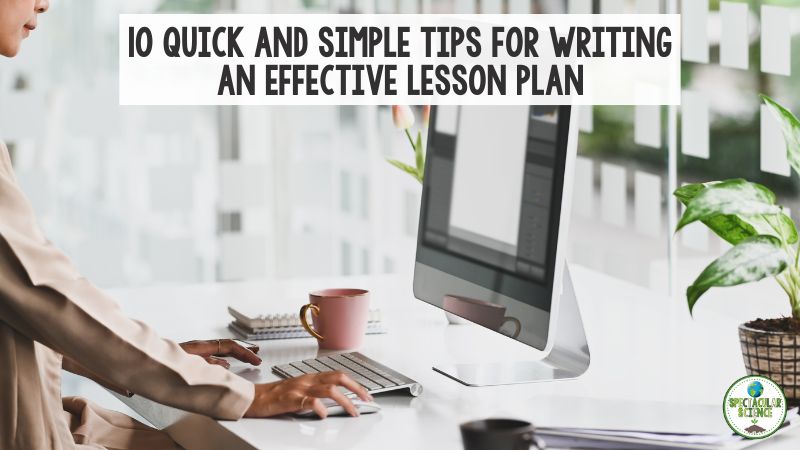
For over a decade, my journey with lesson plans has been nothing short of a rollercoaster ride. I first encountered the concept during my college days, where my professors preached their importance as structured frameworks and accountability tools. Lesson plans break down a sprawling curriculum into bite-sized, daily chunks, complete with learning objectives, teaching strategies, and assessments.
In my education courses, I diligently crafted lesson plans to match the lessons I was building. But it wasn’t until I stepped into a real classroom that I truly understood their value. Seeing them in action transformed my view—lesson plans became my trusty sidekicks, essential for smooth, effective teaching.
To make lesson planning a breeze, I’ve put together ten quick and simple tips just for you.
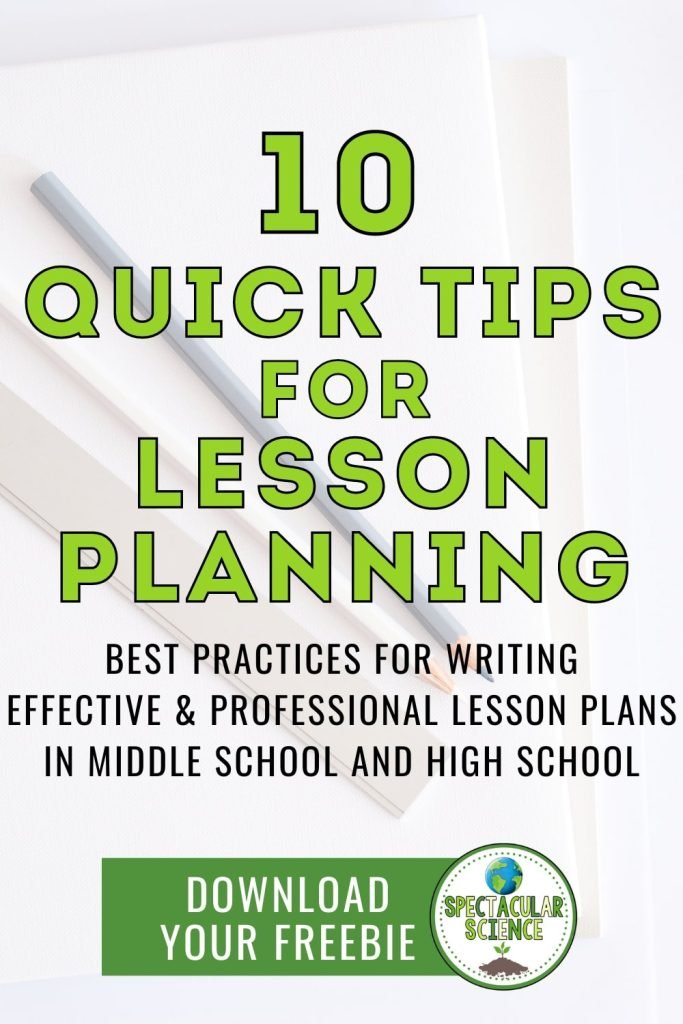
Make Templates Your Best Friend
A well-designed lesson plan template serves as a foundation that can streamline your planning process, saving you valuable time and effort. It should include essential components such as objectives, materials, activities, assessments, and standards. Customize it to fit your teaching style and subject matter perfectly. The best part? You can reuse parts from previous plans, making your job even easier. Think of it as a foundation that keeps you steady and efficient all year long.
Download lesson plan samples and templates at the end of this post!
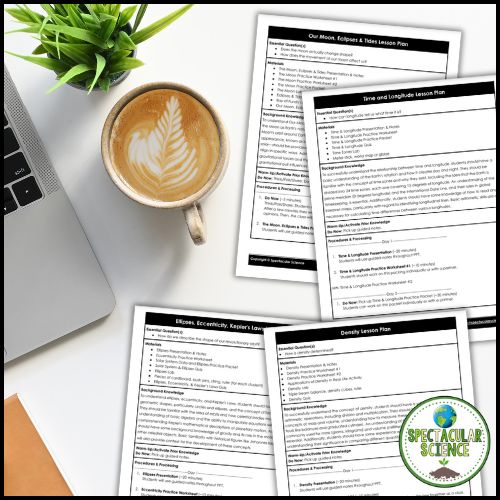
KISS: Keep It Short and Sweet
Be clear, concise and straightforward. By using bullet points and brief phrases, you can highlight key points without unnecessary verbosity. This approach not only saves time but also ensures that your plan remains focused on the essential aspects of the lesson. A one-to-two-page limit forces you to prioritize the most important information, helping you stay organized and efficient in your teaching.
Keep It Polished and Professional
While your lesson plan is your teaching roadmap, remember that others might take a peek at it too. Think of it as your professional calling card. Administrators, fellow teachers, and even some parents might review your plans, especially if your school has policies requiring weekly submissions. Keep it polished, detailed, and error-free. A well-crafted lesson plan shows your commitment to quality teaching and helps you shine during observations or department meetings.
Embrace Flexibility: a plan is Just a plan
Flexibility is your secret weapon! While a solid lesson plan is great, things don’t always go as expected. Maybe you planned to cover a chapter on the rock cycle, but your students need more time with sedimentary rocks specifically. Or, you might plan a hands-on activity about the phases of the moon, but realize you need extra time for students to grasp the waxing and waning concepts. Jot down any changes right on your plan and tweak it for next time. Being adaptable ensures you’re always ready for whatever the classroom throws your way.
Set Clear Goals
Clear learning objectives are your guiding stars. They keep your lessons focused and purposeful. Write them as brief, straightforward statements that highlight what students should know or be able to do by the end of the lesson. For instance, “Students will be able to identify and describe the layers of the Earth: crust, mantle, outer core, inner core.” This keeps everyone on track and makes assessment easier.
Design Engaging Activities
Think of your learning activities as the heart of your lesson. Plan them to be engaging, purposeful, and in a logical order. For example, start with a quick icebreaker related to the day’s topic, like “Name a type of rock you’ve seen,” then move into a short video on rock formation, followed by a hands-on activity where students categorize rock samples. Brief descriptions and time frames for each activity help you stay organized and ensure that your lesson flows smoothly. Variety keeps things interesting and caters to different learning styles.
Master Your Timing
Some of us are working with 40-minute classes every day, while others are handling two 90-minute blocks a couple of times a week. Whatever your schedule, your lesson plan needs to fit perfectly, with each activity timed just right.
For newbies, this can seem overwhelming. “How do I know how long everything will take?” you might wonder. Here’s a secret: even seasoned teachers find this tricky! Every class is unique, with its own mix of abilities and backgrounds. My tip? Be generous with your time estimates, and always have backup activities ready in case your students speed through the lesson. This not only keeps things flowing smoothly but also opens up awesome chances for differentiating your instruction!
Check for Understanding
Assessments are your check-ins to see how well your students are grasping the material. Mix it up with both informal and formal methods. For example, during a lesson on the water cycle, you might use quick, informal questions like, “What happens during evaporation?” and follow up with a more formal quiz at the end of the week. Mark these clearly in your lesson plan—maybe even in a fun color—to keep them front and center. Regular assessments help you adjust your teaching on the fly and ensure everyone is keeping up.
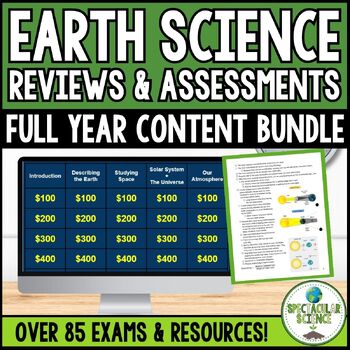
Meeting Educational Standards
Aligning with standards ensures you’re hitting all the right educational benchmarks. Use resources like the Next Generation Science Standards website to find and incorporate the relevant standards into your lesson plans. For example, if you’re teaching a unit on ecosystems, you might align your objectives with standards related to “Interdependent Relationships in Ecosystems.” This keeps your teaching aligned with educational goals and ensures your students are meeting the required competencies.
Stay Organized
The materials section is your quick-reference guide. List everything you need for the day’s activities here, from worksheets and lab supplies to websites and videos. For instance, if you’re teaching a lesson on the solar system, your list might include planet models, a worksheet on planetary orbits, a video link about the Milky Way, and materials for a DIY comet activity. This way, you can gather everything quickly and avoid last-minute scrambles, making your teaching day go smoothly.
And there you have it—your go-to guide for crafting lesson plans that are effective, engaging, and totally you! By using templates, keeping things simple, and staying flexible, you’ll save time and stress while delivering awesome lessons. Remember to set clear goals, plan fun activities, and always have a backup plan. Regular assessments and aligning with standards will keep your teaching on point, and gathering your materials ahead of time will make your life so much easier.
How do you feel about writing lesson plans? Do you have additional tips and tricks? I’d love to hear them! Share in the comments below.
Happy teaching, and may your lesson plans be ever in your favor!


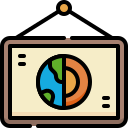

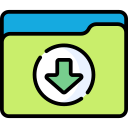

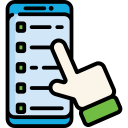


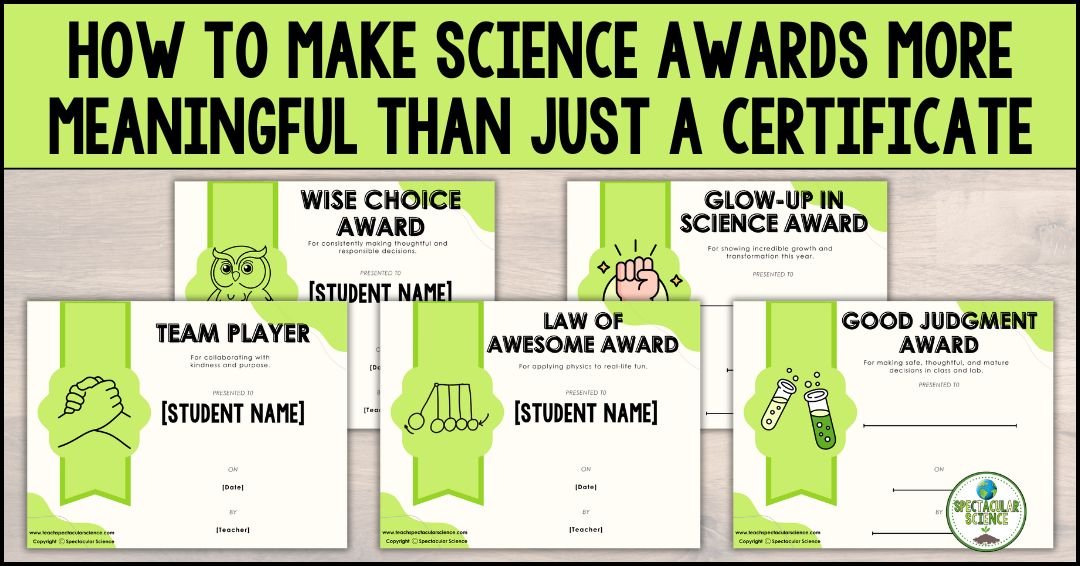





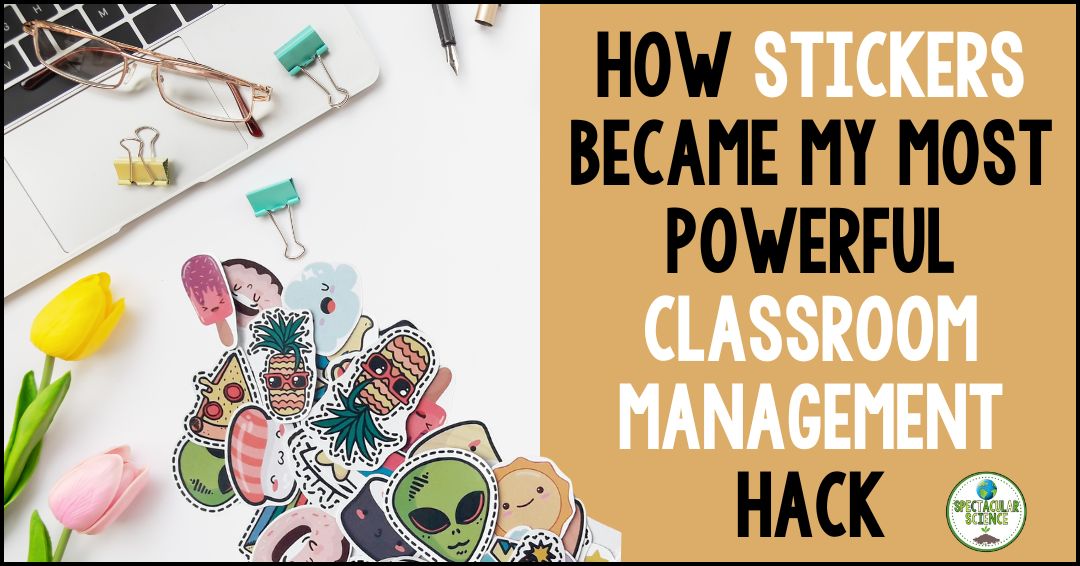

2 Responses
These tips are SO useful. I’m so glad I found your blog.
Thank you Talia! I’m thrilled to hear that you found the tips useful.